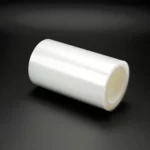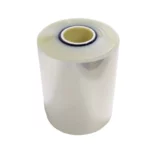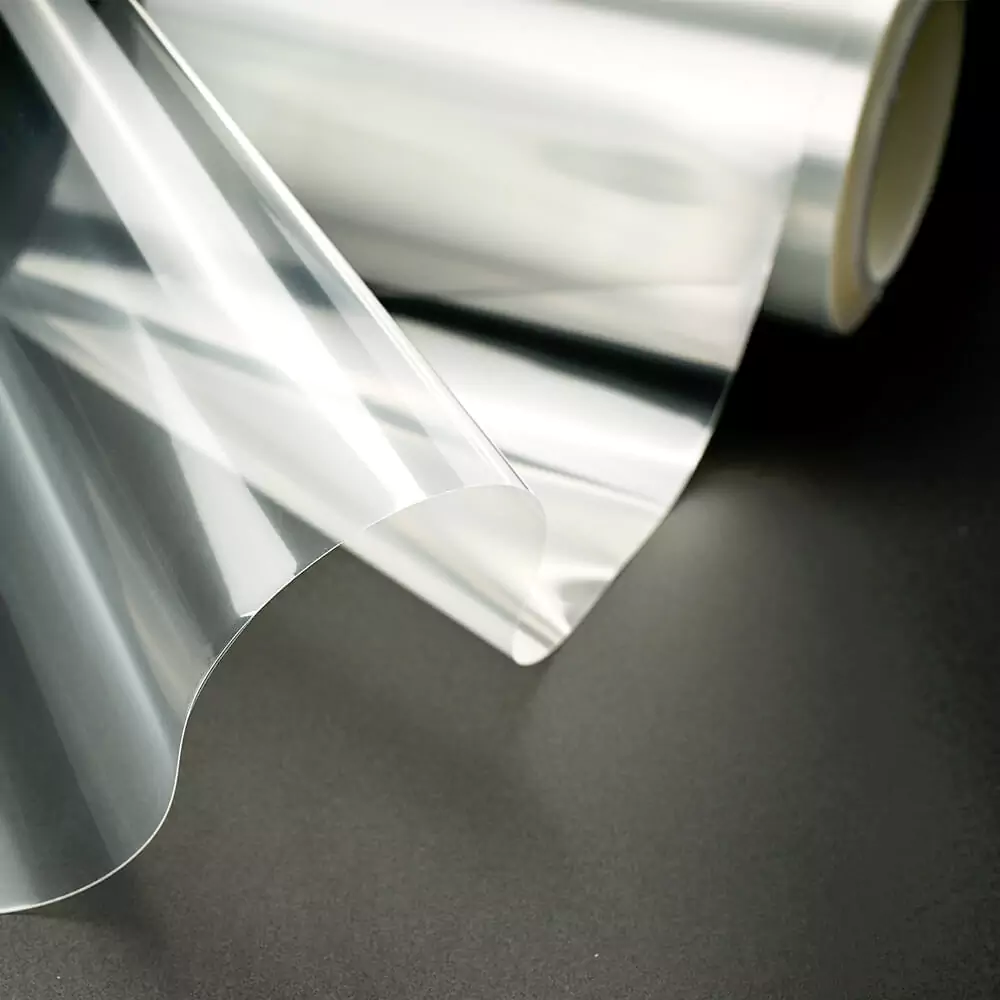
Regular Optical Clear Adhesive ( OCA )

Special Functional Optical Clear Adhesive (OCA)
Description
With the development of smart cars and consumers’ increasing demand for car quality, the images of in-vehicle displays need to become increasingly high-definition, with a sense of high-end and technology. From the perspective of the production process of vehicle-mounted displays, optical full lamination technology is becoming more and more complex, and production requirements will also become more stringent.
Full lamination means that the cover and touch module, touch module and screen (LCD, etc.) are completely glued together in a seamless manner. Full lamination has the advantages of isolating screen dust and water vapor, thinning the screen, and improving the mechanical strength of the product. More importantly, full lamination can effectively improve the optical performance of the product and make the display clearer.
Features
- Excellent optical properties / acid-free.
- Good matching with polarizer (no bubbles).
- Excellent self-defoaming performance (easy to fit).
- High elastic modulus (easy to die-cut, easy to operate).
- Excellent rework performance ( multi-layer structure).
- Prevent the appearance of bubbles.
- Improve the adsorption capacity of ink gaps.
- Prevent LCM-MURA.
- High filling capacity, suitable for iron frames.
Applications
- Suitable for mobile phones, tablets, laptops, and other small and medium-sized sizes.
- Fully fit on the car, fully fit on the car with iron frame.
- Large-sized display screen is fully integrated.
Storage conditions for full OCA optical adhesive
- Environment: It is best to store it directly in a clean room, and wrap each roll of material with film.
- Temperature: Temperature: 22±4.
- Humidity: 40%-60%.
- Placement: Place it upright or hang it to prevent OCA from being under heavy pressure and causing poor indentation.
What is OCA full fit technology?
Full lamination technology is the current mainstream development trend for high-end smartphone and tablet panel lamination.
The panel and touch screen are completely pasted together in a seamless manner, which can provide a better image display effect of screen reflection. Eliminate screen dust and water vapor. The screen isolates dust and water vapor. The air layer in the ordinary lamination method is easily polluted by dust and water vapor in the environment, affecting the use of the machine. However, the full lamination OCA optical glue fills the gaps, and the display panel and the touch screen are closely adhered. Dust and water vapor have nowhere to enter, keeping the screen clean.
Full Fit to vehicle display: OCA or OCR?
Current laminating materials are divided into OCA and OCR according to the solid and liquid state of the material.
OCA (Optically Clear Adhesive) is a solid laminating material. Its advantages are high production efficiency, uniform thickness, no glue overflow problem, and controllable bonding area. The current technical hot spots may lie in curved surface bonding and coloring OCA that helps achieve one-piece black. At present, this solution is mainly used between Japanese cover plates and touch sensors .
OCR (Optical Clear Resin) is a liquid laminating material, also called LOCA (Liquid Optical Clear Adhesive). Its advantages are good filling properties and advantages in curved surface lamination.
Compared with OCA, there are currently more bonding applications between touch modules and LCD/OLED and other screens.
Advantages and Disadvantages for OCA and OCR
| Comparing | OCA | OCR |
| Advantages | – The lamination process is simple and mass production is better;
-Due to good uniformity, defects such as yellowing will be reduced to a certain extent |
-Good fluidity and no restrictions on laminating materials and shapes, so it has advantages in laminating curved surfaces and special shapes |
| Disadvantages | – The ability to overcome step differences is weaker than OCR, and it has certain difficulties in fitting products such as curved surfaces. | -Due to the curing process, there will be a certain molding shrinkage. May cause defects such as yellowing, warping, abnormal OCR glue thickness, etc.
-In addition, two-component OCR also needs to mix glue first, which further increases the process length. |
Main technical data sheet: full fit OCA
| Item | Unit | Standard |
| Thickness | μm | 100~250 |
| Transmittance | % | >91% |
| Haze | % | <1% |
| Ink step Coverage | μm | 20~30 |
| Adhesion | gf/in | >2,000 |

